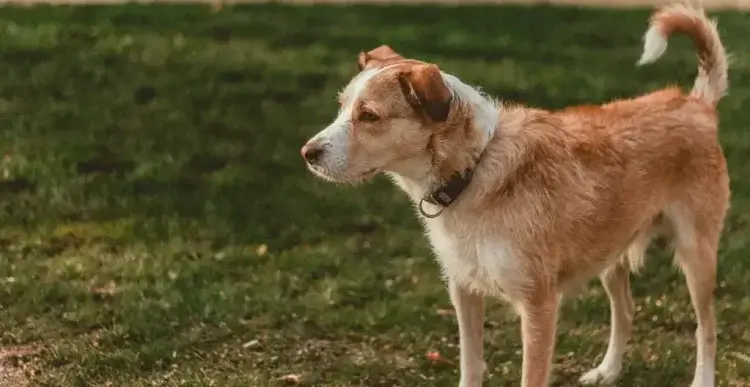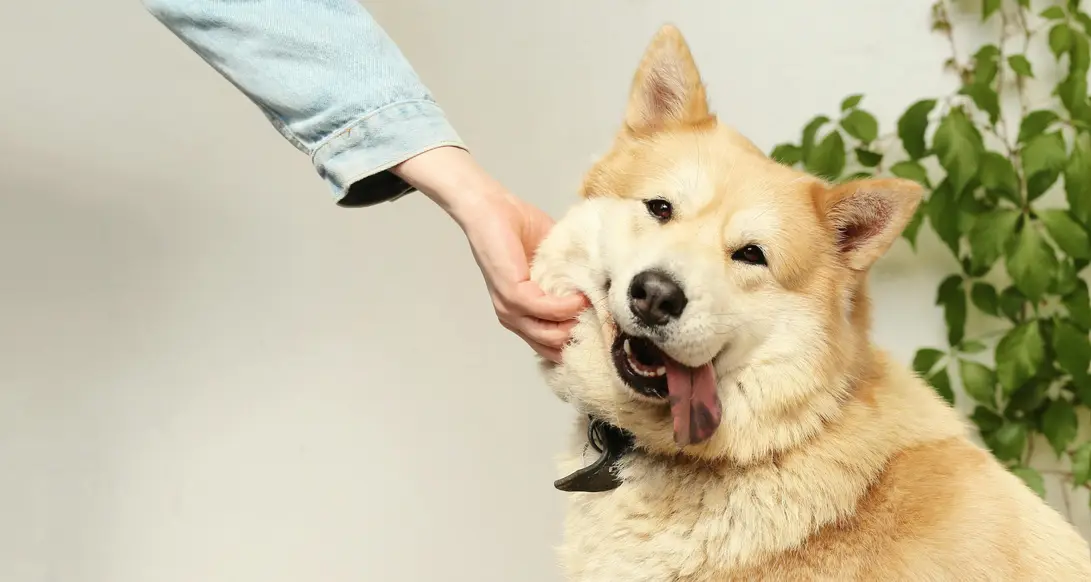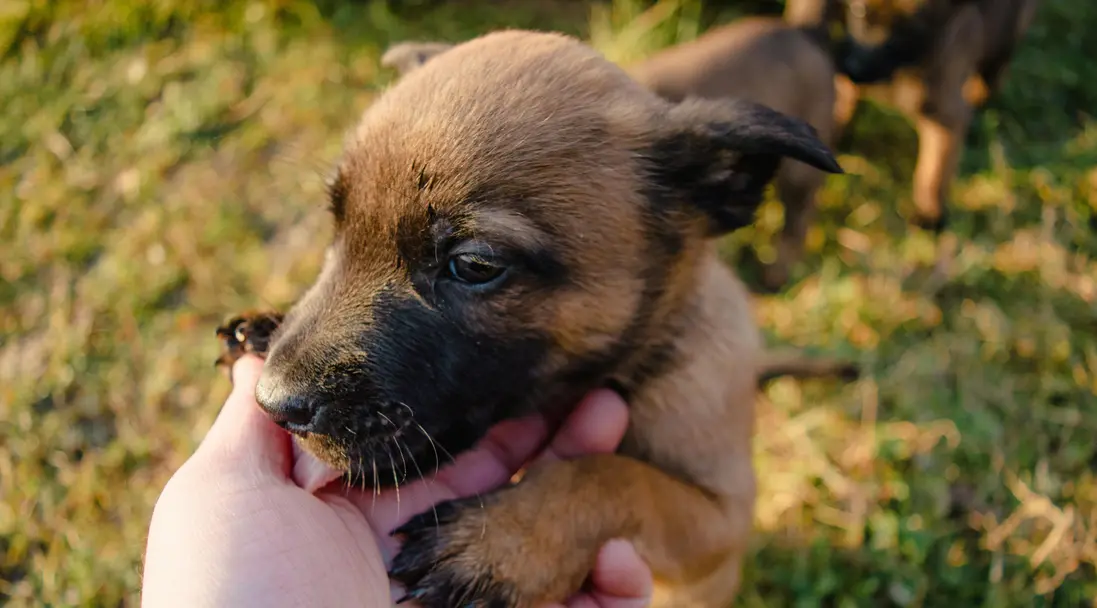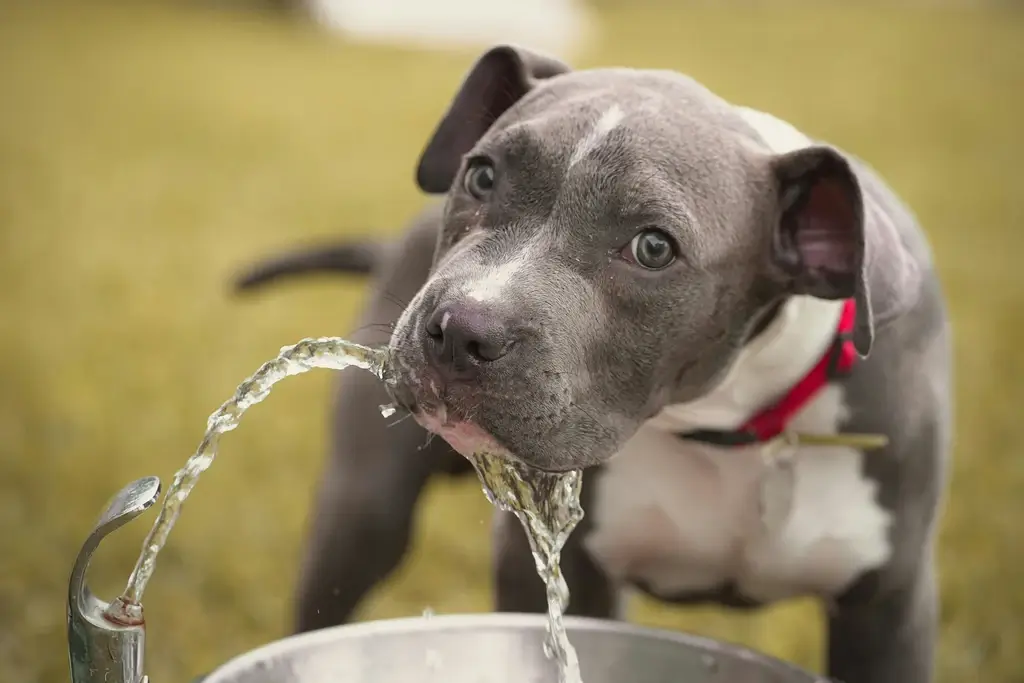Dog tail wagging is a common behavior that many pet owners recognize, but not everyone understands the various meanings behind it. Tail wagging is a complex form of communication that can convey a range of emotions and intentions. Here’s a guide to help you interpret what your dog’s tail wagging might be telling you.
1. The Basics of Tail Wagging
Before diving into specific meanings, it’s essential to understand that tail wagging is more than just a simple back-and-forth motion. The speed, direction, and position of the wag all play crucial roles in conveying a dog’s feelings and intentions.
- Speed: The speed of the wag can indicate the intensity of the emotion. Faster wagging generally means the dog is more excited, while slower wagging can indicate a more subdued state.
- Direction: The direction of the wag can also convey meaning. Some studies suggest that a wag to the right might indicate positive feelings, while a wag to the left could signal negative emotions.
- Position: The height at which a dog holds its tail while wagging can indicate its mood. A higher tail position often signifies alertness or aggression, while a lower tail can suggest submission or relaxation.
2. Happy and Friendly Wags
One of the most recognizable forms of tail wagging is the happy wag. This type of wag is typically broad and fast, with the tail held at a mid-level or slightly above. When your dog greets you at the door with this enthusiastic wag, it’s a clear sign of affection and excitement.
Key Characteristics:
- Broad, sweeping motions.
- Mid-level or slightly raised tail.
- Often accompanied by other happy behaviors like jumping or barking.
3. Submissive Wags
A submissive wag is often slower and lower to the ground. The tail may be tucked between the legs or held low with gentle, restrained movements. This type of wagging indicates that the dog is feeling submissive, unsure, or anxious.
Key Characteristics:
- Slow, tentative movements.
- Tail held low or tucked.
- Often accompanied by other submissive behaviors, such as crouching or avoiding eye contact.
4. Alert and Agitated Wags
When a dog is alert or agitated, the tail is typically held high and may be stiff or moving quickly back and forth. This type of wagging indicates that the dog is on high alert and may be feeling aggressive or defensive.
Key Characteristics:
- High, stiff tail.
- Quick, short wags.
- Often accompanied by other signs of alertness, such as erect ears and a focused gaze.
5. Curious and Tentative Wags
Curiosity or uncertainty can be signaled by a slow wag with the tail held at a mid-level or slightly higher. The dog may be investigating something new and is unsure how to react. This wag is often seen when a dog encounters a new object, person, or animal.
Key Characteristics:
- Slow, cautious movements.
- Tail held at a mid-level or slightly raised.
- Often accompanied by sniffing and exploratory behavior.
6. Playful Wags
A playful wag is typically fast and loose, with the tail held at a mid-level. This type of wagging is a clear invitation to play and is often accompanied by other playful behaviors, such as the play bow, where the dog lowers its front legs and keeps its rear end up.
Key Characteristics:
- Fast, exuberant movements.
- Mid-level tail position.
- Often accompanied by playful actions like jumping or the play bow.
7. Fearful Wags
A fearful wag is usually slow, with the tail held low or tucked between the legs. The dog may exhibit other signs of fear, such as cowering, trembling, or trying to hide.
Key Characteristics:
- Slow, hesitant movements.
- Tail held low or tucked.
- Often accompanied by other signs of fear, such as cowering or retreating.
Understanding your dog’s tail wagging can provide valuable insights into their emotional state and intentions. By paying attention to the speed, direction, and position of the wag, along with other body language cues, you can better interpret what your dog is trying to communicate. This deeper understanding can help strengthen the bond between you and your furry friend, ensuring that you respond appropriately to their needs and emotions.


















